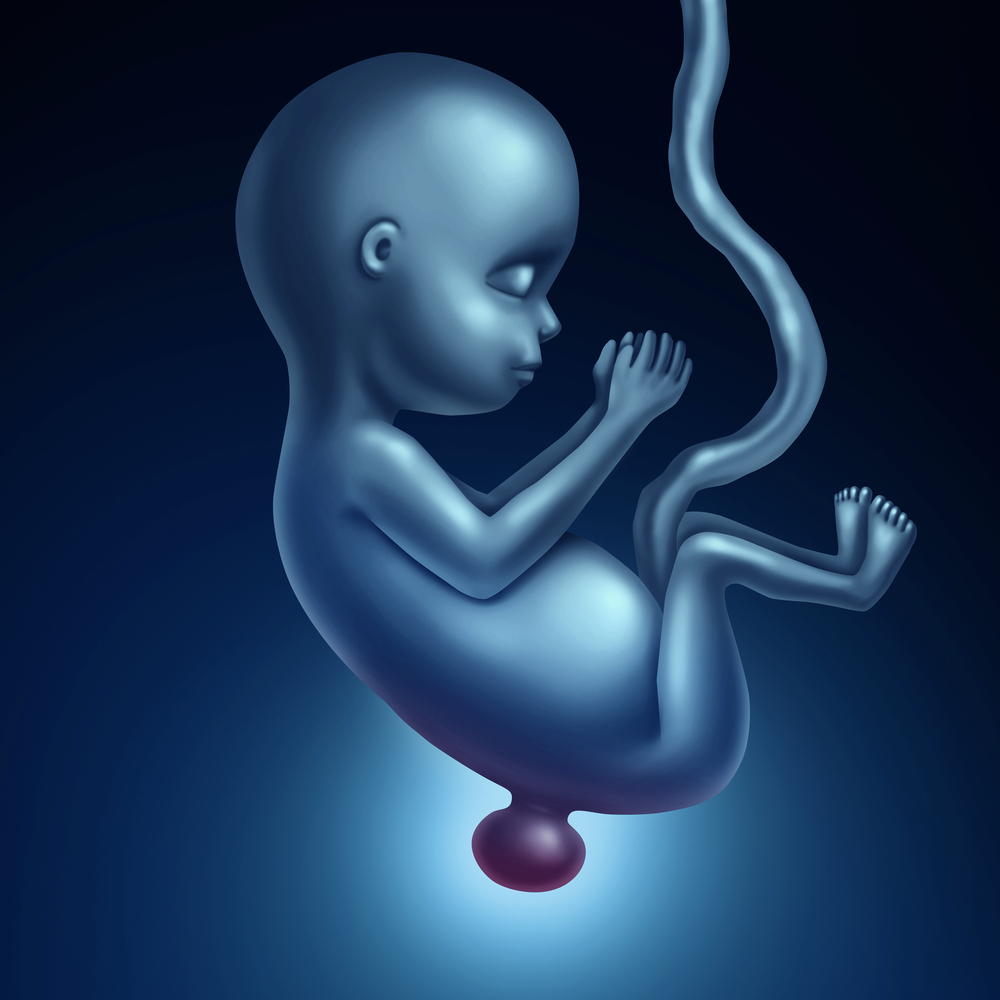The epidemiology of spina bifida provides useful information that can help medical researchers to identify risk factors for the disease, health systems to implement policies of prevention, as well as for mothers to take precautions to avoid complications.
Incidence
Spina bifida is one of the two main categories of neural tube defects, alongside anencephaly, both of which occur at an combined incidence ranging between 1 and 10 infants per 1,000 births, depending on the population. Higher rates of incidence have been associated with populations residing in Northern China, England, Wales as well as the eastern seaboard of the United States.
In the United States, approximately 1 in 1,000 babies born is affected; however, the risk is considerably higher among some other populations. Different ethnicities are associated with varying risk of spina bifida, with the highest risk evident among Hispanic women and the lowest risk among women with origins in Africa or Asia.

Image Credit: Lightspring / Shutterstock.com
Recent fall in incidence
The incidence of spina bifida varies among different populations throughout the world. However, over the past fifty years, the global incidence of spina bifida has been declining. This significant decline in worldwide spina bifida cases is largely due to the introduction of pregnancy screening and fortified foods with folic acid.
Alpha-fetoprotein screening and ultrasonography for pregnant mothers has allowed for elective termination of the pregnancy. Subsequently, the incidence of spina bifida has dropped by 20-30%.
At the end of the twentieth century, cereal products fortified with folic acid, which were found to help increase daily folic acid consumption to an average of 100 micrograms (µg) per day, were introduced in many areas of the world. In the United States, this intervention led to a reduction in the incidence of spina bifida to approxiamtely 35%. However, not all countries have mandated the fortification of these food products with folic acid due to concerns about increased risk of colorectal cancers and masking signs of B12 deficiency in older adults.
Genetic and environmental risk factors
Genetic and environmental risk factors continue to be studied to help identify susceptibilities and implement methods of prevention for the future.
Some families are at an increased risk of having a child with spina bifida as a result of a genetic susceptibility. Parents that have had one child with the condition have a considerably higher risk that a second child will be affected. If there are two previous children with spina bifida, there is a 15% chance a third child will be affected.

Image Credit: rumruay / Shutterstock.com
However, it is not clear which genes are involved in the pathophysiology of spina bifida. Current research on the genetic etiology is more extensive in small animal models but does not correspond precisely to the human phenotype. Many genes that may be involved in the human pathophysiology have been studied, such as those involved in apoptosis or the metabolism of folic acid, glucose or retinoids; however, only a small proportion of these have been associated with an increased risk.
Female children are more likely to be affected than males, with a relative risk of 1.2 to 1.7, depending on the population studied.
Environmental factors are also thought to play a role, as the vast majority of infants born with spina bifida (more than 95%) occur in families without a history of the condition.
References
Further Reading